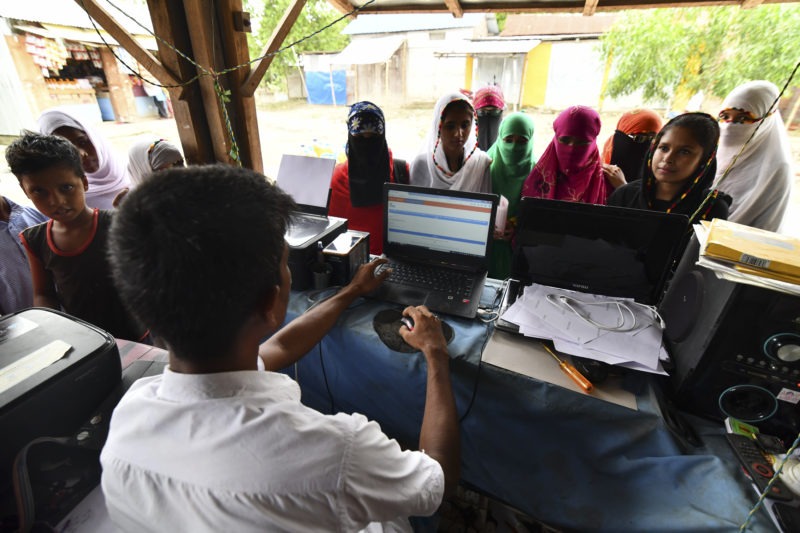The Indian state that wants to throw out 1.9 mn ‘infiltrators’
The citizens register in India’s state of Assam included 31.1 million people, but 1.9 million were deemed ineligible (Biju BORO)
Guwahati (India) (AFP) – India’s northeastern Assam state left almost two million people off a list of citizens released on Saturday, after a mammoth process aimed at throwing out illegal immigrants.
The citizens register included 31.1 million people, but 1.9 million were deemed ineligible — potentially rendering them stateless, and sparking citizenship fears among minority communities.
Here are some facts about Assam, whose citizenship register the central government wants to replicate nationwide:
– Bloody history –
Assam, a tinderbox state that borders Bangladesh and Bhutan, has seen several bloody clashes in the past.
These stem from tensions between the state’s indigenous population and ethnic Bengali immigrants, especially after the 1971 war that led to the creation of Bangladesh.
The Assamese-speaking residents fear their land, jobs and other resources are being taken away by “foreign infiltrators”, taking advantage of a porous border with Bangladesh.
Tensions boiled over on February 18, 1983 when during a six-hour period some 2,000 Bengalis were butchered.
Rights groups say the number of dead could be much higher.
The violence that came to be known as the Nellie massacre was triggered by the decision to hold state elections after granting four million immigrants from Bangladesh the right to vote.
– Assam accord –
In 1985, the Indian government signed an accord with the All Assam Students Union which was leading the campaign against immigrants.
The agreement set March 24, 1971, as the cutoff date for people to be considered Indian citizens.
It also called for the detection and deportation of undocumented, illegal immigrants. But the accord faltered because of various legal hurdles.
In 2015, the National Register of Citizens body was tasked with identifying Assam’s undocumented immigrants under the supervision of the Supreme Court.
Rights groups have criticised the move, saying deletion from citizenship lists was similar to Myanmar’s removal of rights and protections for its Rohingya community in 1982.
– Poor state –
Despite its lush tea estates and rich wildlife, Assam is one of the poorest states of India, lagging in almost all indicators of development.
More than 50 percent of its 33 million population is engaged in agrarian activities but erratic rainfall and frequent floods result in heavy losses to farming communities.
A third of Assam’s residents struggle to make ends meet, according to a 2017 report by the World Bank. While poverty levels in Assam declined rapidly between 1994 and 2005, the state has since lagged behind most others.
The incidence of poverty in Assam remains higher than the national average, with levels very high in some parts of the state.
Disclaimer: Validity of the above story is for 7 Days from original date of publishing. Source: AFP.


